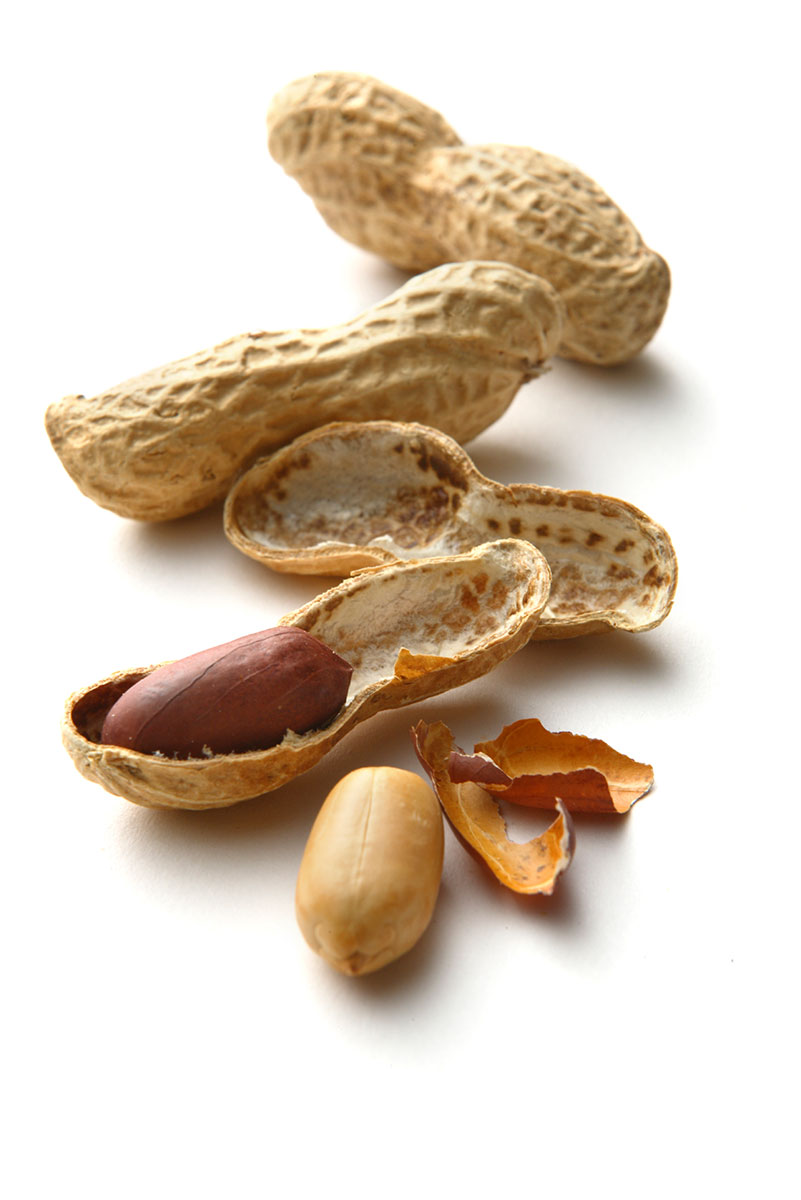
Recently, a surge in new discoveries for food allergies were announced, making 2015 one of the most hopeful years already for food allergies in decades. I sat down to ask Dr. Stephen Tilles MD, a lead clinician for the Seattle Food Allergy Consortium (SeaFAC), what these new discoveries mean for children with food allergies. I also spoke with David Baty, a local parent of 11-year-old Spencer, who participated in the local phase II clinical trial for the Viaskin Peanut patch — an immunotherapy skin patch that was recently granted a breakthrough therapy designation by the federal Food and Drug Administration (FDA) — to discuss his family’s experience. (Spencer is now in the open labeled continuation of Phase II, where he will remain until the Viaskin Peanut patch is approved.)
Lisa Geschke Sawyer: If you watch the news, after years of EPI pens and avoidance, there seems to be some hope on the horizon for people with food allergies, correct?
Dr. Stephen Tilles: The most exciting new discoveries include the LEAP study that suggests feeding kids peanut protein at a very early age could prevent kids from developing peanut allergy. This represents a complete change in thinking, which previously advised avoidance of allergenic foods in young children.
In terms of possible treatments, preliminary results for the Viaskin Peanut patch are also very promising. In its phase II clinical trial, it worked very well. There are also ongoing efforts to validate the safety and effectiveness of oral immunotherapy for food. This involves slowly introducing increased amounts of the food by mouth until the body tolerates it.
Sawyer: Why are finding ways to prevent and/or treat peanut allergies so important?
Dr. Tilles: Peanuts are one of the most common foods to cause allergic reactions, with some of those reactions resulting in death. Trying to avoid accidental exposure creates a great deal of stress and worry for families.
Sawyer: What is innovative about the Viaskin Peanut patch?
Dr. Tilles: The peanut patch desensitizes patients with small amounts of the peanut delivered to the immune system through the skin. This increases safety because it avoids the traditional dangers of immunotherapy by completely avoiding introducing the allergen into the blood stream.

Sawyer: Why is the first round of results for the peanut patch so exciting?
Dr. Tilles: Some SeaFAC patients have experienced remarkable progress easing their peanut allergies, including Spencer Baty, who has gone from reacting to trace amounts to tolerating the equivalent of 10 peanuts. This is enough to protect most patients from having a life-threatening allergic reaction because of accidental exposure.
[The Viaskin Peanut patch has received breakthough therapy status from the FDA, a designation that helps expedite the approval process for products offering a substantial improvement over other therapies in treating serious or life-threatening diseases or conditions.]
Sawyer: David, what has your son Spencer’s improvement using the patch meant to your family?
David Baty (parent of peanut patch trial patient): When your child is diagnosed with a serious food allergy, keeping them safe almost feels like a full-time job. Thanks to our experience with the peanut patch trial, our worry about having a severe reaction to peanut has lessoned.
Sawyer: Why was it important to you family to participate in the clinical trial?
Baty: Being part of a clinical trial is a lot of work, but we felt privileged and thankful to be selected for the study, and we feel it’s our responsibility to volunteer to advance the science and help others suffering with food allergies.
Sawyer: What is the biggest takeaway from all the new food allergy discoveries?
Dr. Tilles: The biggest takeaway is that there’s hope that we will be able to offer patients approved treatments for food allergies in the next 5 years. Also, parents need to realize these treatments are still in the research phase, they should be conducted in the safety of a clinical trial setting, and they should not be tried at home.
Sawyer: What clinical trials will SeaFAC work on next?
Dr. Tilles: This year, SeaFAC will also participate in an oral immunotherapy study designed to desensitize patients to multiple food allergies simultaneously using an anaphylaxis-suppressing drug. Other studies coming this year include, phase III of the Viaskin Peanut patch study (the final stage before FDA approval), a phase II study with the Viaskin Milk patch for patients with milk allergies, and possibly a phase III study for peanut oral immunotherapy.
Sawyer: What role does the Seattle Food Allergy Consortium play in the Pacific Northwest?
Dr. Tilles: Up until a few years ago, there had been very little funding or priority given to food allergies. Most parts of the country are still suffering from this neglect, without enough allergists or facilities to handle the growing number of Americans with food allergies, or the new desensitization clinical trials.
Combining local resources, SeaFAC is creating a world-class allergy center to bring advanced care and research to the Pacific Northwest. This will help attract more clinical trials, allergists, researchers and funds to build new infrastructure to meet the area’s growing needs.











